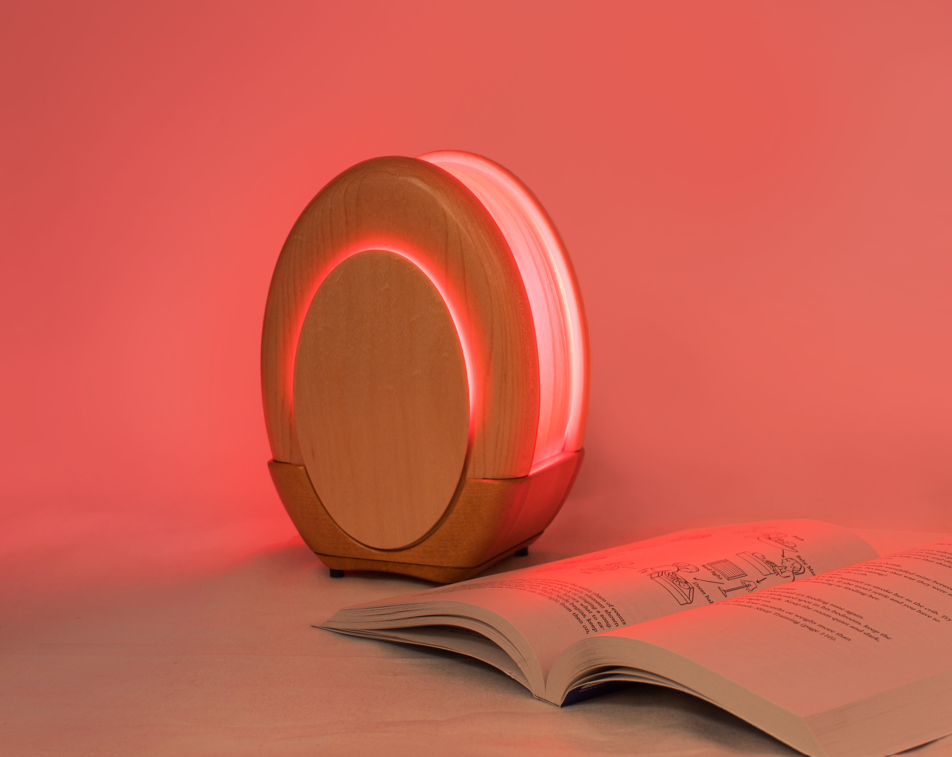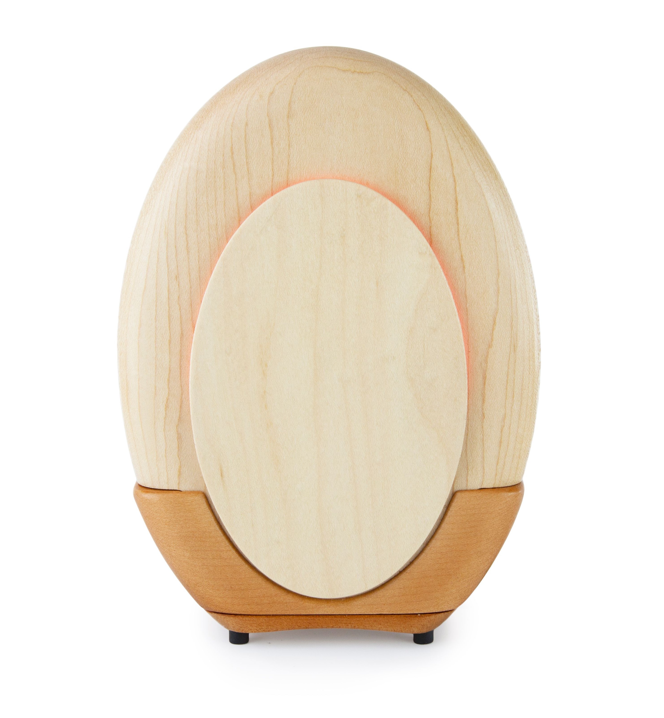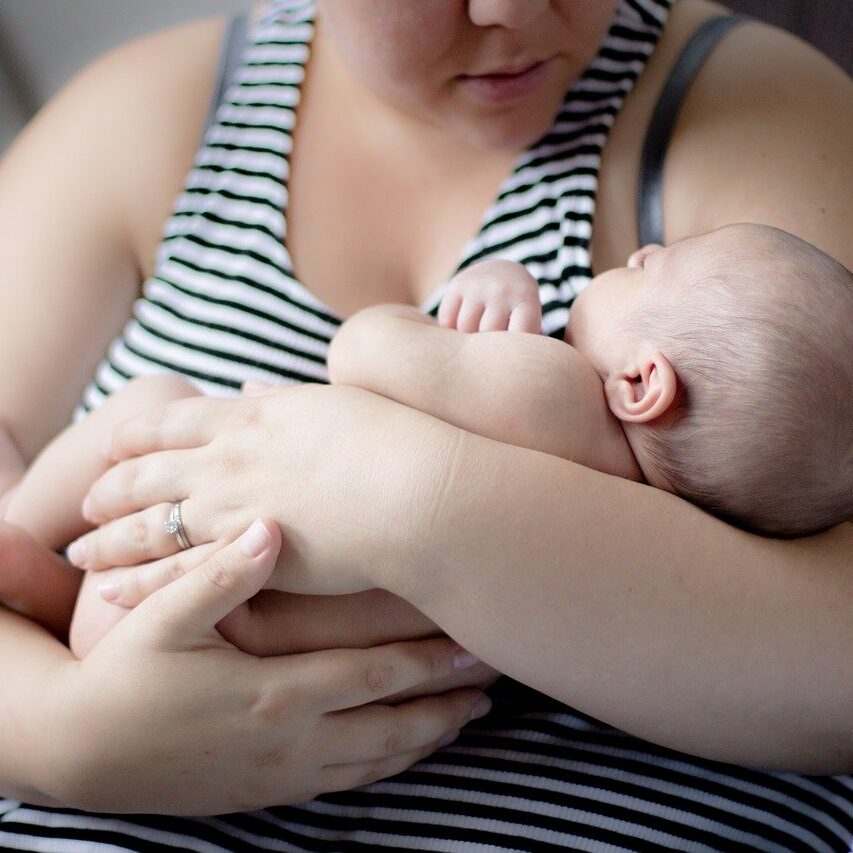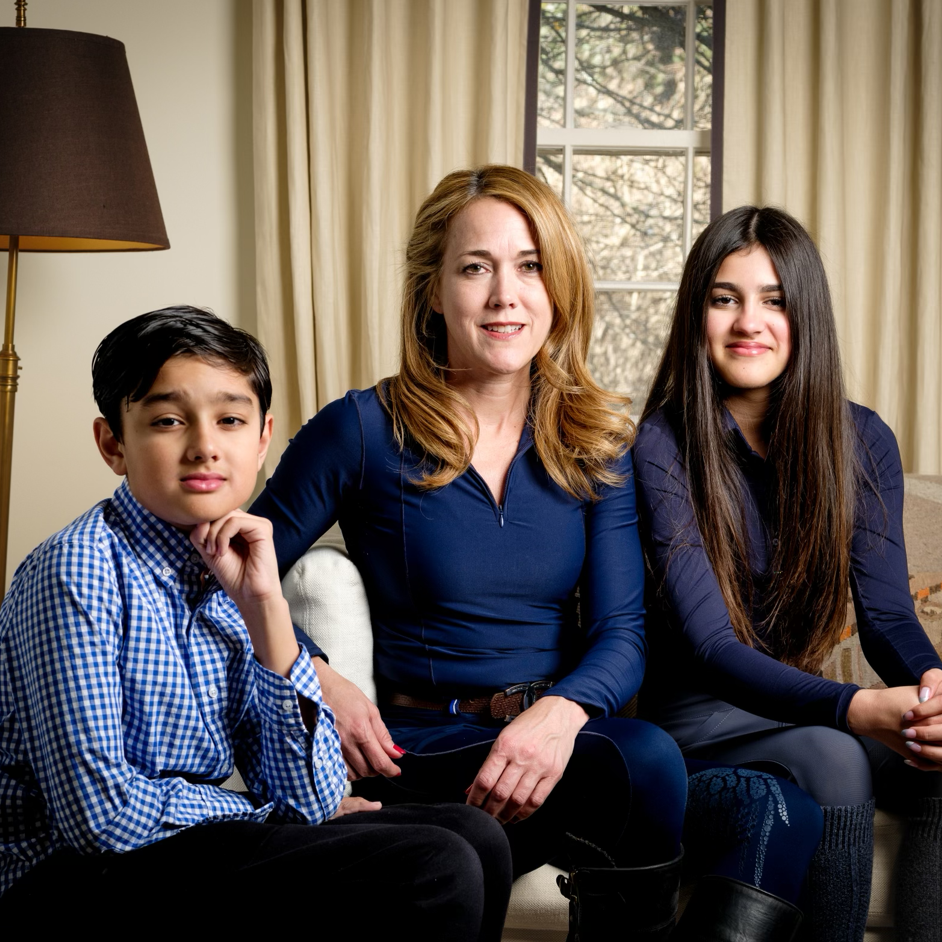A Sleep Scientist’s Top 5 Tips for Navigating Sleep with a New Baby
When I tell people I’m a chronobiologist, they may understandably be confused.
All this means is, I’m a scientist who studies the effects of biological rhythms on living things. This includes, most crucially, circadian rhythm, which are the processes our bodies follow over a 24-hour cycle.
People understand much better when I tell them that I’m essentially a sleep scientist. I’m also a mother of two.
So, sleep and babies—two things that don’t always go together, as I was quick to discover with my first child. Yet as a scientist, I was determined to apply everything I had learned in my career to one of my most challenging projects yet: getting my baby (and therefore, myself) a good night’s sleep.
My work and my experiences as a mother led me to write the book on baby sleep How Babies Sleep, which applies scientific principles to baby and child sleep that are actually effective.
I also founded Kulala, the company with an app and baby sleep lamp that helps your baby (and you) get the sleep you both need. And I’m here today to give you my top 5 tips for navigating sleep with a new baby.
- Create the right sleep environment
First, we need to differentiate between newborn sleep and baby sleep. With a newborn, it can often feel like all bets are off. You’re just trying to get through your days and nights keeping everyone alive and fed. And that’s totally normal.
But that doesn’t mean you can’t do anything to help get yourself and your newborn more sleep. And one of the biggest things you can do from day one is creating the right sleep environment for your little one.
How do you do that?
Newborns don’t yet have an entrained circadian rhythm, so it’s up to you to help them learn it. The most effective way to do this? With light.
At night, keep your baby’s environment in night mode. That means you keep it dark, with blackout curtains. If you need to turn on a light, which during the early days you will for nighttime feeds and diaper changes, turn on only red light. Red light is the only light that doesn’t disrupt our natural melatonin production. Melatonin is the hormone which regulates our sleep. At Kulala, we developed a beautiful red light nursery lamp called the Kulala Baby Sleep Lamp, which will not only promote more sleep for your baby and you, but also looks great in any nursery.
And conversely, when you want your baby to be awake and know it’s day, ensure their environment is in day mode, with plenty of blue light, which can be found in daylight and most artificial lights.
Now that you have the right sleep environment for your baby, what else can you do to help them with good sleep habits? Read on for more.
- Get on a healthy schedule
While I don’t recommend imposing a strict schedule on a newborn, that doesn’t mean you can’t try and create a loose schedule with your baby around feeding times, naps, and bedtime. This will help your baby come to anticipate how his day is going to go, and keep them calmer throughout, because there is consistency to it.
In general, healthy full-term newborns should be eating about every two hours during the day, and about every four hours during the night. If your baby is premature or has other health problems, talk to your pediatrician before attempting any kind of feeding schedule. What you want to try and avoid is too much cluster-feeding, which is where you’re constantly offering the breast or bottle to the baby, they snack a bit, then fall asleep, then wake again half an hour later wanting more, because they only snacked.
Establishing longer, more regular feeding times will ensure your baby gets adequate nutrition in larger doses, leaving you and baby more time between feedings to sleep.
Once your baby is older, it’s easier to create a more formal schedule. The Kulala app can help with that, creating a tailored feeding, naptime, and bedtime schedule for your child.
- Get your naps in order
Naps are incredibly important in the early days and early years. Babies need a certain amount of sleep per 24-hour cycle—and it doesn’t much matter to them when they get it. That’s why you have so many parents lamenting about their babies “mixing up their days and nights”—when babies sleep all day, then don’t want to sleep at night.
But the trick is—you can control this.
Daytime sleep controls nighttime sleep. By ensuring your baby isn’t sleeping too much during the day, you can help them sleep more at night.
How do you do this?
As I mentioned before, the Kulala app can help you with a nap schedule (which again, will remain loose in the beginning, solidifying more as your baby gets older.) I suggest sticking to it as much as possible—even when it means waking your sleeping baby. Counterintuitive, I know! But if your baby sleeps too much during the day, they will sleep less at night.
Another way to keep daytimes and nighttimes straight is with light, using night mode and day mode. As mentioned before, blue light suppresses melatonin production, keeping babies more wakeful. Keeping baby’s room dark and using only red light at night, and putting them down for naps in rooms that leak in some blue light is a good way for them to differentiate between night and day.
- Get your nights in order
Now that you have the right sleep environment for your baby, you have their naps in order, you have a loose schedule, and you have the right light, it’s time to look at nighttimes.
Start with a nighttime routine. Routines are helpful because they help your baby to know what to expect. A great example of a bedtime routine is to feed baby a little before bedtime, ensuring they stay awake while feeding, then playing a little, then dimming the lights, changing them into their bedtime clothes, reading a story, then putting them to bed.
And when it’s time, you can begin to gently sleep train your baby to sleep through the night.
Studies have shown that most babies are ready to learn how to sleep through the night when they’ve gained 11 pounds, and have done a 5-hour stretch of sleep on their own at least once, a milestone most babies reach around 3 months of age. Check with your pediatrician before beginning any sleep training routine to be sure.
The Kulala method is a gentle sleep training method, making it easier on both the parents and the baby. It’s also very effective when done at the right time. Just follow these steps:
- Go through your nighttime routine to let baby know it’s time for bed.
- After the routine, put your baby into their bed and leave the room.
- Set yourself a no-feed period at least one hour less than baby’s longest ever sleep stretch.
- If baby cries during the no-feed period, wait 90 seconds before entering their room.
- During that 90 seconds, distract yourself. Say something like “Everything is okay, my baby is fine. I’m waiting 90 seconds before going in.”
- If baby stops crying, great! They’re learning to self-soothe.
- If not, that’s normal! It usually takes a few rounds.
- Enter baby’s room after 90 seconds and placate them (shushing and patting them gently). Leave after one or two minutes.
- If baby is still crying, or cries again during the no-feed period, wait another 90 seconds and repeat.
- This may take a few nights. But eventually, your baby will get used to soothing himself back to sleep.
5) Deal with changes, transitions, and travel
Now you have a great routine down, and your baby is sleeping well during naps and nighttime.
And then everything changes.
Babies grow rapidly—and their needs grow along with them. In the first few years of their life, they go from several naps a day down to none. Their nighttime sleep needs decrease. Which means you need to be ready to meet these changing needs over time.
The Kulala app will help you with these transitions, telling you when it might be time to drop a nap based on your child’s age and habits. For example, if your baby normally sleeps until 7 AM and is suddenly waking regularly at 5, that could be a sign that they’re now getting too much sleep, and you need to drop a nap or move bedtime later to get them to sleep into your desired waketime. Keeping abreast of their needs and anticipating them will help ease you through these transition periods.
What about daylight savings time?
The easiest way to deal with time changes is to shift your schedule gradually—20 minutes per night in the nights leading up to the time change. Shift everything from waketimes to naptimes to bedtime, so by the time the time change comes, you’re already there.
What happens when you travel across time zones? I’ve got tips to deal with this as well.
- Stick to your schedule as much as possible. Try and schedule your travel plans around your baby’s bedtimes and nap times.
- If you’re not making a major shift in time and are only staying a short while, say spending a few days in California when you’re coming from New York, you can consider staying on your own time zone to make the transition easier on your little one.
- If that’s not feasible, if you’re traveling for a longer amount of time or there’s a larger shift in time zones, make the transition gradually. Shift your entire schedule 30 minutes per day, as much as you can, in the days leading up to your trip, then do the same when you’re coming back. It might make for some wonky scheduling at times, but I’ve found wonky scheduling to be much easier to deal with than a cranky baby.
- Pack a “baby sleep kit.” This includes your red light, your blackout curtains or a portable blackout curtain solution, and a white noise app.
- And when you get back home, get back on your carefully created schedule.
Those are all my tips for getting yourself and your baby into a good sleep routine, borne from my experiences as both a sleep scientist and a mother. Following these guidelines will help with your goal of having a rested, happy, healthy baby—as well as a rested, happy, and healthy parent!
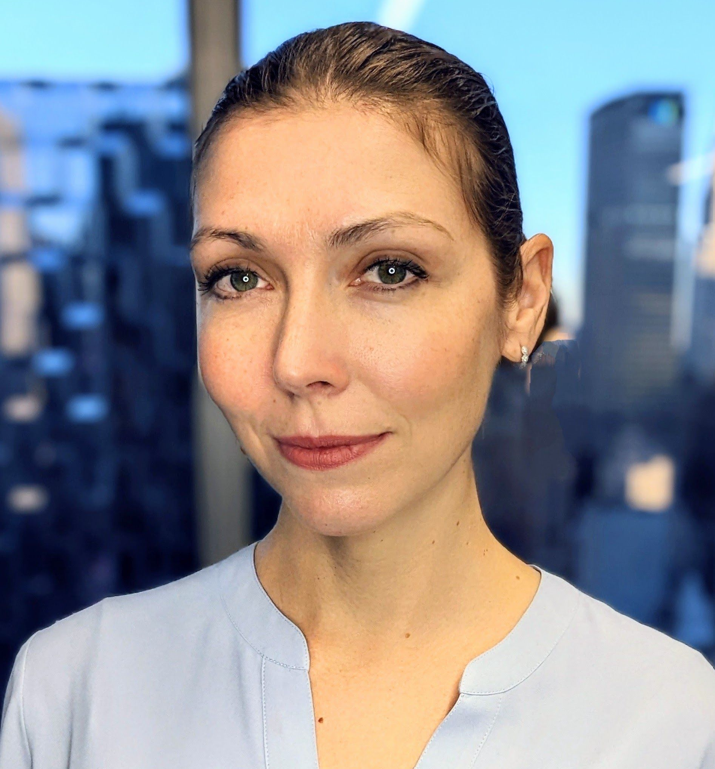
Dr. Sofia Axelrod, Ph.D., is a sleep researcher in the laboratory of Michael W. Young, the winner of the 2017 Nobel Prize in Physiology or Medicine. When she became pregnant with her first child, Dr. Axelrod, a lifelong insomniac, feared she would never sleep again. After the birth of her first baby, she naturally applied her expert knowledge to baby’s sleep. It worked so well that she started working with other families, hosting baby sleep workshops, and developing science-based baby sleep products through her company, Kulala™. Through her work, Dr. Axelrod is providing new parents with the thing they needed the most: a good night’s sleep. By helping the public using sleep secrets plucked from the frontlines of scientific research, Dr. Axelrod’s ultimate goal is to fundamentally improve sleep in our notoriously sleep-deprived society, in particular for parents of young children. Dr. Axelrod lives with her husband and two young children, Leah and Noah, on the Upper East Side of Manhattan. When she is not investigating the molecular basis of sleep, or spending time with her family, she enjoys creative pursuits including opera and jazz singing, ceramics, and exploring the great outdoors.

